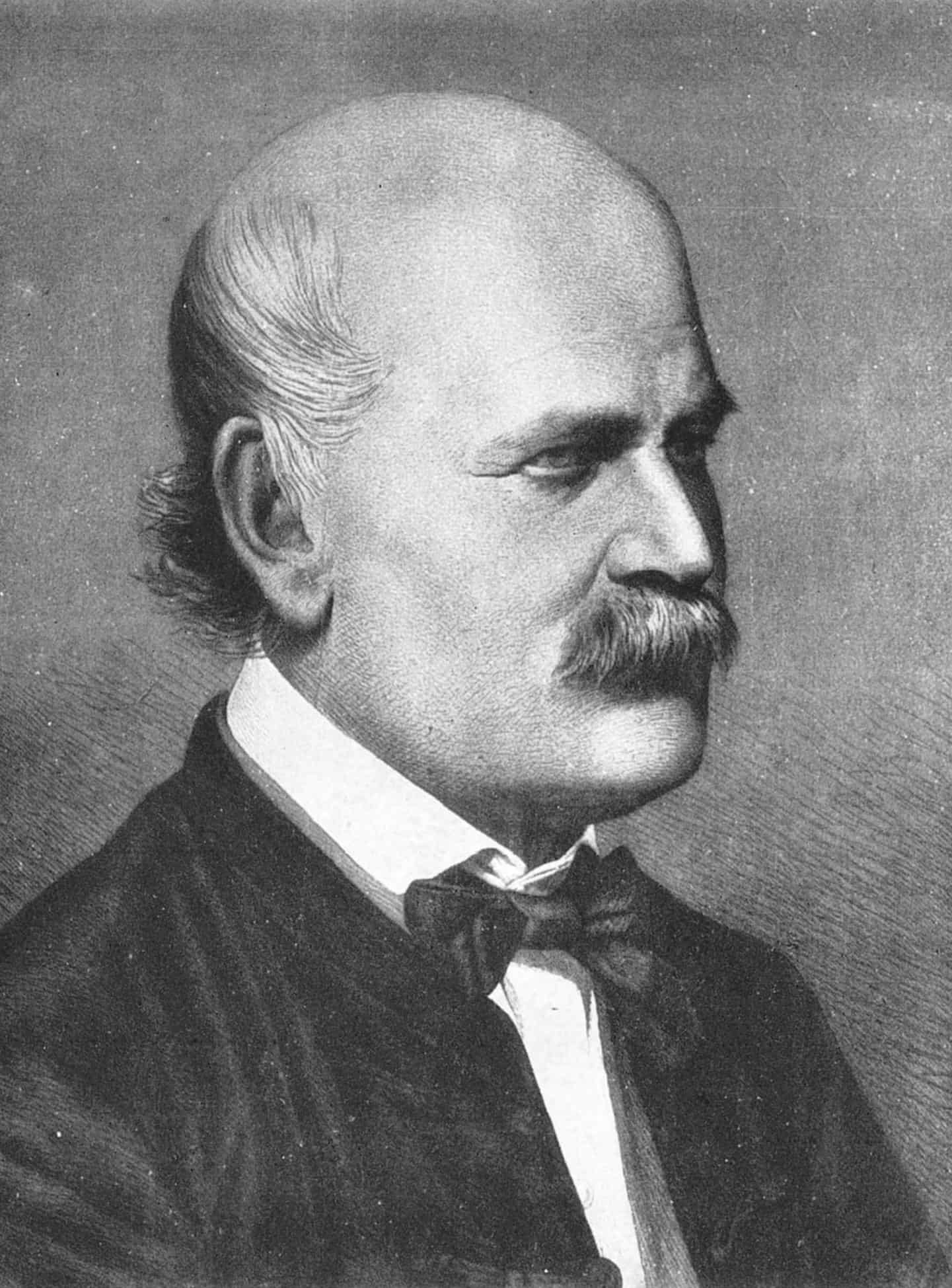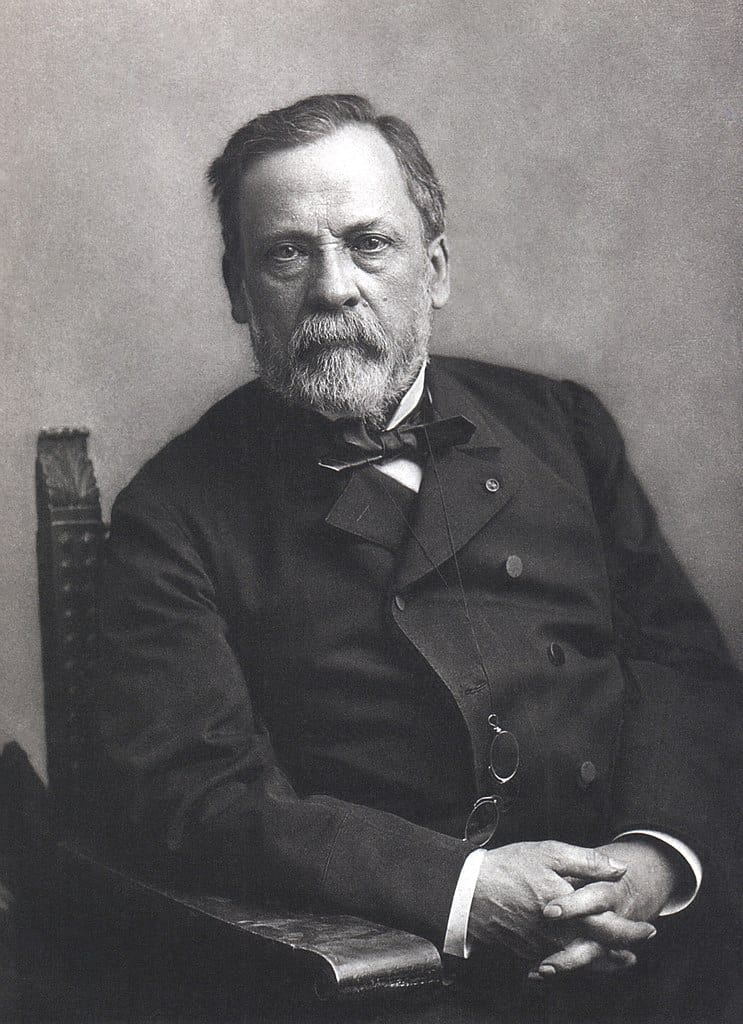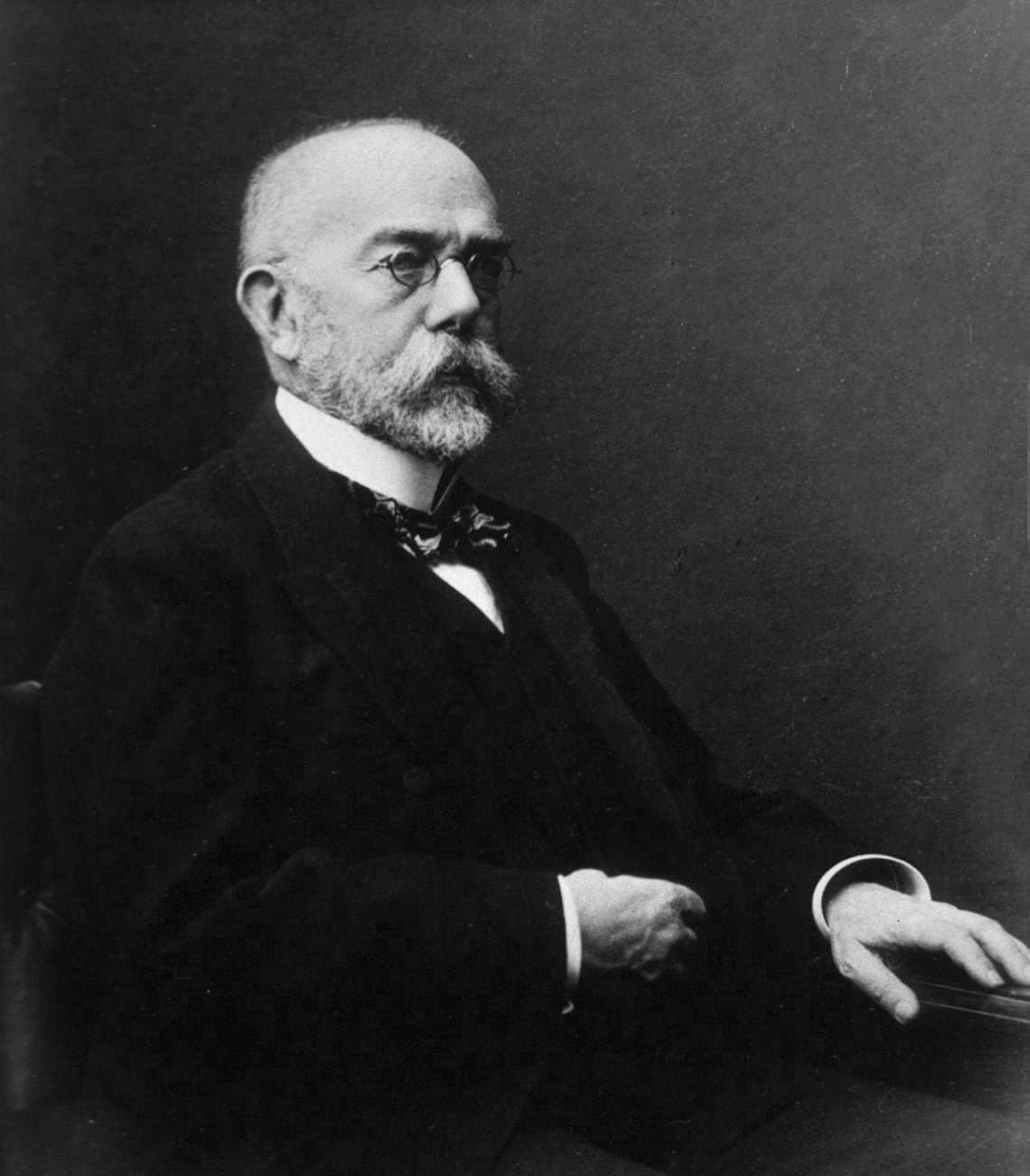Key Facts & Summary
- Germ Theory is the currently most widely accepted scientific theory for many diseases across the globe. It simply states that microorganisms known as pathogens or “germs”, which exist in various conditions, can lead to disease.
- Germ Theory has roots in as early as the Middle Ages era. However, it really increased in prominence throughout the 19th and 20th centuries when industrialisation led to a rapid increase in the level of germs surrounding people at home and those at work.
- Therefore, Germ Theory really took off with the study of numerous widespread diseases common in the 19th century including most prominently tuberculosis and cholera. The scientist most credited with the disease is Dr John Snow who was the first to make a scientific link between water pollution and cholera epidemics in Victorian London and Louis Pasteur who would prove it in France.
- Apart from Louis Pasteur, several European researchers were particularly crucial to the development of the Germ Theory. They include Agostino Bassi, Ignaz Semmelweis, Gideon Mantell, John Snow, Robert Koch, and Joseph Lister.
- Semmelweis, Lister, and Snow were only retrospectively acknowledged for their achievements and discoveries in the field of Germ Theory. It was Louis Pasteur in the 1860s and then Robert Koch in the years that followed that conducted the laboratory experiments to provide scientific proof of the theory and open the door to research into disease-causing germs and lifesaving treatments.
Early Mentions
The earliest recorded mentions or theorising on the links between sanitary conditions and illness go back to the Middle Ages. In 1025, the Persian physician Ibn Sina proposed a form of contagion theory to medicine in the medieval Islamic world. He outlined the classical miasma theory and attempted to blend it into his very own form of a contagion theory. He argued that people can transmit diseases to one another by breath as well that it can be spread by water and dirt.
But, while there are traces of the logic behind germ theory arising earlier, this strand of medical research and theory really took off in the 19th century. Whilst conducting a whole series of experiments between 1808 and 1813, the Italian researcher Agostino Bassi became the very first person to prove that a disease was caused by a microorganism.
Then in 1847 the Hungarian obstetrician Ignaz Semmelweis first made the connection between puerperal fever and examinations of delivering women by doctors. Having realised that there were sanitary issues as doctors would often jump from one task to another (like an autopsy to a delivery), Dr Semmelweis fundamentally changed the sanitation conditions in his hospital. By doing so he reduced the mortality rate from 18% to just over 2%!
Dr John Snow and Cholera
Dr John Snow was infamously very sceptical of the miasma theory of illness which was still fairly dominant in the first half of the 19th century. Although in his era the germ theory of disease which was pioneered by Girolamo Fracastoro had not yet been fully developed, Dr Snow demonstrated a very clear understanding of it in his publications.
While many were still following the miasma theory of disease, Dr Snow was recommending for water in London to be filtered and boiled before use as early as 1849. Today this is known as one of the very first practical applications of germ theory.
His main discovery came in 1854 when the third major epidemic of cholera had struck on Broad Street in Soho. By conducting a thorough investigation of the outbreak and interviewing local residents, Snow was able to identify a single public water pump on Broad Street as the source of the outbreak.
While Dr Snow’s chemical examination of a water sample from the Broad Street pump was not able to prove its danger, he instead made a convincing enough argument by studying the disease’s pattern. Snow mapped the cluster of cholera cases around the pump and used statistics to demonstrate that there was a connection between the quality of the water that residents drunk and their contractions of cholera. As he was able to persuade the local council to disable the infected well pump, he has been commonly credited as ending the 1854 outbreak.
While the local council did listen to John Snow, they refused to accept his theory of disease transmission and reopened the well after the epidemic subsided.
Louis Pasteur
While John Snow’s achievements on germ theory occurred in medical research in England, it was a study of alcohol in neighbouring France that actually confirmed germ theory.
The French scientist Louis Pasteur was commissioned by a French alcohol company to investigate why sugar beet which was used in the fermentation of wine turned sour after some time. Pasteur conducted studies and determined that the alcohol had turned due to the germs in the air that the fermenting alcohol had come into contact with. He proved this by sterilising water and placing it in a swan neck flask to prevent any contact with the air.
Pasteur was finally able to prove that it was bacteria that caused disease rather than the other way around (the so-called theory of “spontaneous generation”). After wine, he turned his research to silkworms and their health – which to this day produce silk for the clothing industry. Louis Pasteur experimented with silkworms and discovered that they became ill when they came into contact with others who suffered from the disease. This way, Pasteur was able to prove that a cell’s environment had direct effects on contagion. He was thus able to begin urging hospitals to increase sterilisation to control the disease.
Pasteur conducted a whole series of formal experiments on the links between germs and diseases in 1860-1864 making discoveries that scientists still use and rely on today. He is as such seen as the father of the Germ Theory of Disease.
Dr Robert Koch and Virology
Building on the work of his colleagues and his own research, Robert Koch discovered exactly which bacteria cause which illnesses, including anthrax (1876), septicaemia (1878), tuberculosis (1882) and cholera (1883). He did so by discovering first how to stain and grow bacteria in a ‘Petri dish’ (which was named after his assistant Julius Petri).
Dr Robert Koch is widely known for developing the four basic criteria to demonstrate that a disease is caused by a particular organism. Koch states that:
- The microorganism must be found in abundance in all organisms which are suffering from the disease but in organisms that are healthy.
- The microorganism must be isolated from a diseased organism and it must be grown in pure culture.
- This cultured microorganism should then cause disease when introduced into a healthy organism.
- Finally, the microorganism must be again isolated from the diseased host and identified as g identical to the original specific causative agent.
Bibliography
[1.] Waller J, Discovery of the Germ (London: Icon Books, 2004)
[2.] Worboys M, Spreading Germs: Disease Theories and Medical Practice in Britain, 1865-1900 (Cambridge: Cambridge University Press, new edition, 2008)
[3.] Walker L, Levine H, Jucker M (2006). “Koch’s postulates and infectious proteins”. Acta Neuropathologica. 112 (1): 1–4.
Image sources:
[2.] https://upload.wikimedia.org/wikipedia/commons/f/f8/Ignaz_Semmelweis_1860.jpg
[4.] https://upload.wikimedia.org/wikipedia/commons/5/5b/Robert_Koch_NLM.jpg



